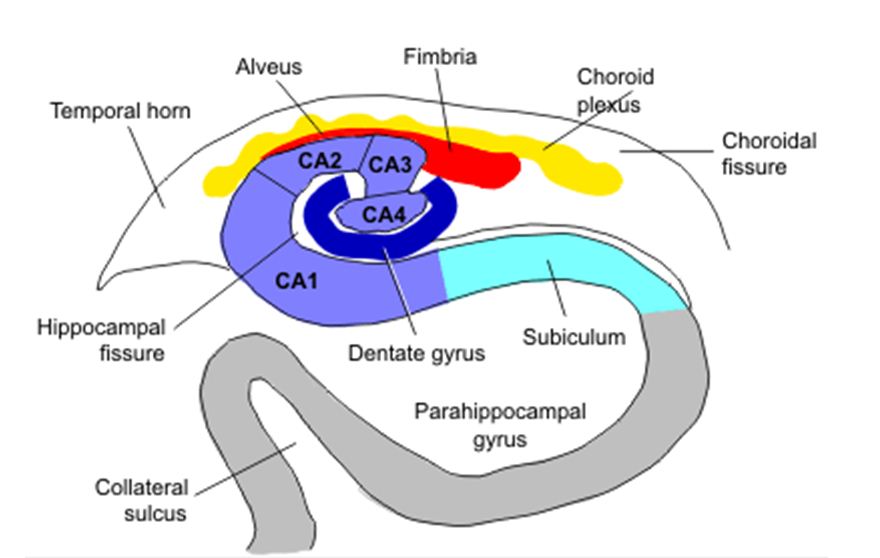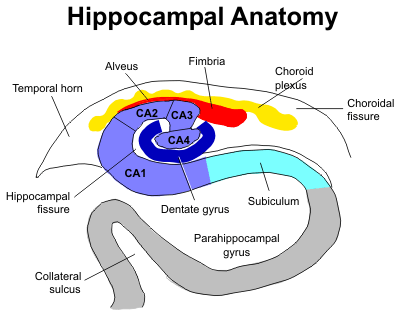
We also compare variation in hippocampal structure and function across and within species. Our review of neuropsychological, behavioral, and neuroimaging studies of human hippocampal involvement in spatial memory concentrates on three important concepts in this field: spatial frameworks, dimensionality, and orientation and self-motion. Recently QBI researchers have confirmed that new neurons are made in the amygdala.Finding one's way around an environment and remembering the events that occur within it are crucial cognitive abilities that have been linked to the hippocampus and medial temporal lobes. Through this research, QBI scientists have identified receptors in the amygdala that could help to develop new types of anti-anxiety drugs. Suppressing or stimulating activity in the amygdala can influence the body’s automatic fear response, which kicks in when something unpleasant happens, such as a startling noise. QBI researchers are working on mapping the neural connections that underpin learning and memory formation in the amygdala. This makes ‘fear learning’ a popular way to investigate the mechanisms of memory formation, consolidation and recall. Fearful memories are able to be formed after only a few repetitions. The amygdala doesn't just modify the strength and emotional content of memories it also plays a key role in forming new memories specifically related to fear. Memories that have strong emotional meaning tend to stick.

The amygdala also attaches emotional content to our memories, and so plays an important role in determining how robustly those memories are stored. Located right next to the hippocampus, the left and right amygdalae play a central role in our emotional responses, including feelings like pleasure, fear, anxiety and anger. The amygdala’s name refers to its almond-like shape. So it’s not surprising this is a key brain structure for learning new things. This process is called neurogenesis, and is the basis of one type of brain plasticity. The hippocampus is one site in the brain where new neurons are made from adult stem cells. The hippocampus is also important for spatial orientation and our ability to navigate the world. Here, our episodic memories are formed and catalogued to be filed away in long-term storage across other parts of the cerebral cortex.Ĭonnections made in the hippocampus also help us associate memories with various senses (the association between Christmas and the scent of gingerbread would be forged here).

It resembles the shape of a curvy seahorse (and is named after its scientific genus) and is essentially the memory centre of our brains. The hippocampus, like many other structures in the brain, comes as a pair, one in each hemisphere of the brain. The thalamus, hypothalamus (production of important hormones and regulation of thirst, hunger, mood etc) and basal ganglia (reward processing, habit formation, movement and learning) are also involved in the actions of the limbic system, but two of the major structures are the hippocampus and the amygdala. You can find the structures of the limbic system buried deep within the brain, underneath the cerebral cortex and above the brainstem. The limbic system is the part of the brain involved in our behavioural and emotional responses, especially when it comes to behaviours we need for survival: feeding, reproduction and caring for our young, and fight or flight responses.
#HIPPOCAMPUS ANATOMY REVIEW HOW TO#


Podcast: mysteries of the corpus callosum.Podcast: fish eyes the window to the brain.


 0 kommentar(er)
0 kommentar(er)
